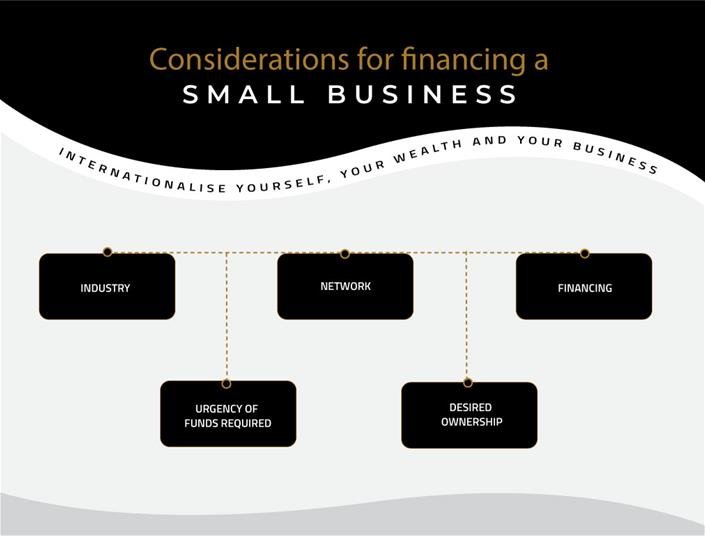Introduction
Auto insurance rates play a crucial role in the financial landscape of drivers around the world. These rates are determined by various factors, including accident rates. In recent years, there has been a significant surge in accident rates, leading to concerns about the impact on auto insurance premiums. This article aims to explore the relationship between accident rates and auto insurance rates and provide insights into why we can expect insurance premiums to rise in response to this trend.
I. Rising Accident Rates: A Growing Concern
Over the past few years, accident rates have been steadily increasing across many regions. Several factors contribute to this surge, including distracted driving due to mobile phone usage, inadequate infrastructure, and an increase in the number of vehicles on the road. Additionally, changes in driving habits, such as a rise in ride-sharing services and an uptick in long-distance commutes, have also played a role. These trends have raised concerns about public safety and the financial implications for both drivers and insurance companies.
II. The Relationship Between Accident Rates and Auto Insurance Premiums
Auto insurance companies calculate premiums based on several factors, including an individual’s driving record, age, location, and the type of vehicle being insured. One of the most significant factors is the accident rate in a particular area. Insurers use statistical data and actuarial analysis to assess risk and determine premium rates. As accident rates increase, insurance companies face higher claim costs, resulting in adjustments to their pricing models to maintain profitability.
III. Impact of Accident Rates on Insurance Premiums
When accident rates surge, insurance companies face a higher number of claims, leading to increased expenses. Insurers offset these costs by raising insurance premiums for all policyholders. The logic behind this approach is to distribute the financial burden among a larger pool of drivers, ensuring the sustainability of insurance companies and the availability of coverage for all motorists.
IV. Additional Factors Contributing to Rising Auto Insurance Rates
While accident rates are a significant factor in the rise of auto insurance premiums, other variables also come into play. One such factor is the increasing cost of vehicle repairs and medical expenses. As accident rates surge, the demand for repairs and medical services rises, driving up associated costs. Insurance companies must account for these expenses when setting premium rates, further contributing to the upward trend.
Furthermore, advancements in vehicle technology have made repairs more expensive. Features like sensors, cameras, and automated systems are beneficial for safety, but they come at a higher cost. Consequently, insurers have to adjust their pricing models to accommodate the increased expenses associated with repairing or replacing technologically advanced vehicle components.
V. Strategies for Managing Rising Auto Insurance Rates
While it may seem daunting for drivers to face increasing insurance premiums, there are strategies to mitigate the impact:
- Shop around for the best rates. Different insurance providers may have varying pricing models and discounts. Comparing quotes from multiple companies can help find the most competitive rates.
- Maintain a clean driving record: By practicing safe driving habits and avoiding accidents, drivers can qualify for lower premiums and additional discounts.
- Consider higher deductibles: Opting for higher deductibles can lower monthly premiums. However, it is important to assess your personal financial capabilities to handle larger out-of-pocket expenses in the event of a claim.
- Utilize available discounts: Many insurance companies offer discounts for factors such as bundling multiple policies, having a good credit score, or taking defensive driving courses. Exploring these options can help reduce premiums.
- Monitor coverage needs: Regularly reassessing coverage needs is crucial. For older vehicles, it may be wise to reduce comprehensive and collision coverage, as the cost of repairs may exceed the vehicle’s value.
Conclusion
As accident rates continue to surge, auto insurance premiums are expected to rise accordingly. Insurance companies



